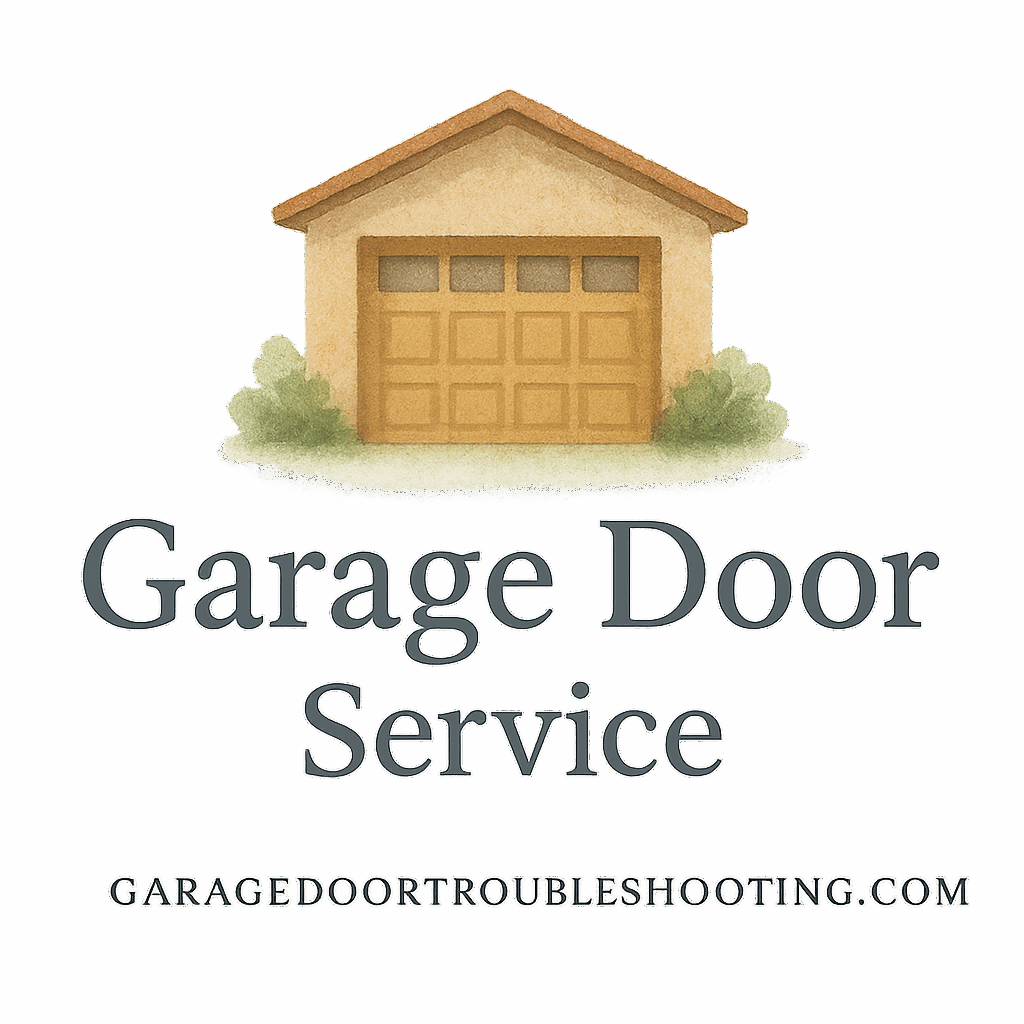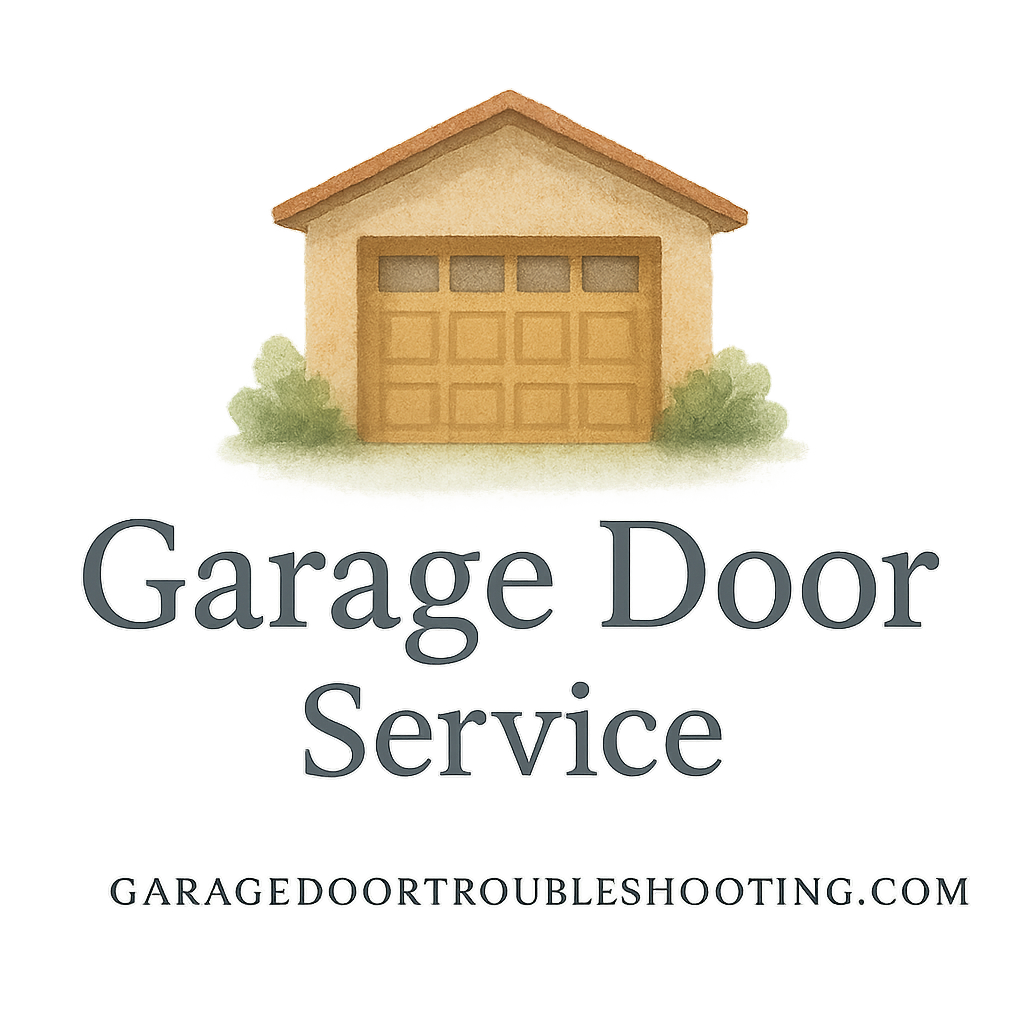Introduction
Installing a garage door might seem like a straightforward process—just bolt it up and plug it in, right? Not so fast. Whether you’re going the DIY route or hiring a contractor, there are 9 common garage door installation mistakes to avoid if you want a door that’s safe, smooth, and built to last. Let’s dive into them!
Why Proper Garage Door Installation Matters
Safety Risks of Poor Installation
A poorly installed garage door is more than an inconvenience—it can be a genuine safety hazard. Misaligned tracks, loose cables, or weak springs can cause the door to jam, fall, or even slam shut unexpectedly.
Think of your garage door like a 300-pound guillotine—installed wrong, and it becomes a real danger zone.
Long-Term Cost Consequences
Getting it wrong upfront means paying more down the road. You’ll face repeated repairs, inefficient insulation, or even needing a complete re-installation. A little planning now can save your wallet a beating later.
1. Choosing the Wrong Garage Door Type
Understand Your Garage’s Structure
Before you pick out a pretty door, ask yourself—what does your garage actually need? Is it insulated? Detached? Facing strong winds? Each of these calls for a different door type.
Style vs. Functionality
Sure, that carriage-style wooden door looks amazing, but does it work with your opener system? Is it weatherproof? Don’t fall into the trap of choosing form over function.
💡 Related: Buying Guide
2. Ignoring Professional Help
DIY Can Go Wrong Fast
We get it—you’re handy. But garage door installation isn’t the same as hanging a picture frame. One wrong move and you’re dealing with high-tension springs that can snap dangerously.
The Role of Garage Door Services Professionals
Hiring a pro from the start helps you avoid every pitfall in this list. They’ve seen it all and know how to work safely, legally, and efficiently.
👨🔧 Explore More: Garage Door Services Professionals
🔗 Check Tag: Professional
3. Incorrect Spring Installation
Tension Springs vs. Extension Springs
Choosing the wrong type of spring or installing them improperly can cause catastrophic failure. The springs do most of the heavy lifting—literally.
Risks of Misaligned Springs
Springs that aren’t balanced right cause the door to jerk, tilt, or stop halfway. It also puts extra strain on the opener, shortening its life.
⚠️ Must-Read: Dangerous Repairs

4. Misaligned Tracks and Rollers
Why Alignment Affects Door Performance
Tracks must be perfectly aligned for smooth operation. Misalignment leads to friction, noise, and eventual system failure.
Signs Your Tracks Are Off
If your door sticks, grinds, or squeals, chances are your rollers are screaming for help. This is a fixable issue—but only if you catch it early.
5. Skipping Garage Door Safety Checks
Childproofing and Motion Sensors
Modern garage doors should be childproof with sensors that reverse the door when something crosses its path. Skipping this step is dangerous, especially in family homes.
🛡️ Learn More: Garage Door Safety & Security
👶 Visit: Childproof Tag
6. Not Leveling the Garage Floor Properly
Consequences of an Uneven Base
An unlevel floor can cause gaps under the door, leading to air leaks, water seepage, or pest infestations.
How to Fix Slopes Before Installing
Use self-leveling compound or adjust the door’s bottom seal to ensure a tight fit.
7. Overlooking the Opener Placement
Chain Drive vs. Belt Drive Considerations
Each opener system has specific clearance and torque needs. Mounting the opener incorrectly can cause vibrations, noise, or motor burnout.
Height and Clearance Issues
If your opener doesn’t have the right clearance, your door may stall or scrape the ceiling. Always measure twice!
8. Neglecting Garage Door Maintenance
A Solid Maintenance Plan Prevents Failures
Installation is just the beginning. Without regular checks, even a perfect install can go bad fast. Visit our garage door maintenance tips to keep everything running smooth.
Seasonal Garage Door Checks
Cold weather can stiffen springs, while heat expands metal parts. Your maintenance plan should include seasonal adjustments.
🧰 Also Explore: Maintenance Tag
9. Forgetting Local Codes and Permits
Why Permits Are Important
Many cities require permits for garage door installations, especially when electrical work is involved. Skipping this can mean fines or denied insurance claims.
Following HOA Rules & City Codes
Even minor design details like color or style may need to be HOA-approved. Don’t install first and ask questions later.
Final Thoughts: Plan Before You Install
Avoid Regrets with Smart Planning
The key to avoiding garage door headaches is solid planning. Work with pros, choose wisely, and always refer to your local building codes. For more help, visit our full guide on garage door installation advice.
Also, check out our repair guides and homeowner tips if you’re already experiencing issues.
Conclusion
Garage door installation is one of those jobs where it pays to do it right the first time. Mistakes in choosing materials, installing springs, or skipping safety checks can lead to frustrating and dangerous consequences. But by avoiding these 9 common garage door installation mistakes, you’re setting yourself up for a safer, smoother, and longer-lasting garage door experience.
FAQs
1. How do I know if my garage door was installed incorrectly?
If your door makes loud noises, won’t open or close smoothly, or feels unbalanced—those are major red flags.
2. Can I install a garage door by myself?
Technically yes, but it’s not recommended unless you have experience. Mistakes can be costly—and dangerous.
3. How often should I inspect my garage door?
A good rule of thumb is to check it every season, especially after harsh weather.
4. What type of garage door is best for insulation?
Steel doors with polyurethane insulation are among the most efficient for temperature control.
5. Do garage doors need permits to install?
Yes, many local governments require permits. Always check your city code or HOA.
6. Is professional installation really necessary?
Absolutely. A pro ensures safety, alignment, and legal compliance—plus it saves you future headaches.
7. What’s the best way to keep my garage door running smoothly?
Follow a regular maintenance plan and read up on garage door maintenance tips to stay ahead of issues.


